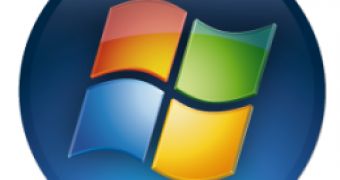Windows 7 will be a complete tabula rasa in terms of the evolution from Windows Vista, but at the same time it will not be positioned as a repeat of its predecessor. With the upcoming version of the Windows client, Microsoft indeed needs to diverge from the mistakes it has made with Vista. And strong signals in this sense were sent out with the stepping down of Jim Allchin, the former Co-President, Platforms & Services Division on the same day that Vista hit the shelves. Picking up where Allchin left off was Steven Codename Translucency Sinofsky, the senior vice president for the Windows and Windows Live Engineering Group - the user experience of Microsoft Windows and Windows Live services.
In this sense, Mike Nash, Corporate Vice President of Windows Product Management, confirmed to Mary Jo Foley (via ActiveWin), that the Redmond company would tip toe around introducing major changes with Windows 7, only superficial evolving the architecture of the operating system. At the same time, a radical change from Vista will be the way the development process of Windows 7 will unfold under Sinofsky's whip. Having already replaced the traditional codenames for new Windows versions with product numbers, Sinofsky is also the father of Windows Omerta, muting all details related to the development process and the operating system's timetable. Windows Vista SP1 and Windows 7 information are gagged almost to asphyxiation, as Sinofsky pushes his translucent strategy down the throat of everyone involved in building future Windows versions at the same time causing frustration to end users.
Microsoft's position however, voiced by Nash, is that the introduction of Kernel Patch Protection, mandatory driver signing, User Account Control and the standard user along with the evolution of the graphics infrastructure in Vista were necessary security mitigations. But don't expect anything of the sort with Windows 7, and in this regard, do not look ahead to any security boundaries, because that will not be the case. Windows 7 will be as mild as possible, featuring both 32-bit and 64-bit flavors and right on time in 2010. Microsoft Distinguished Engineer Eric Traut already gave a public presentation showcasing the future kernel of Windows 7.

 14 DAY TRIAL //
14 DAY TRIAL //